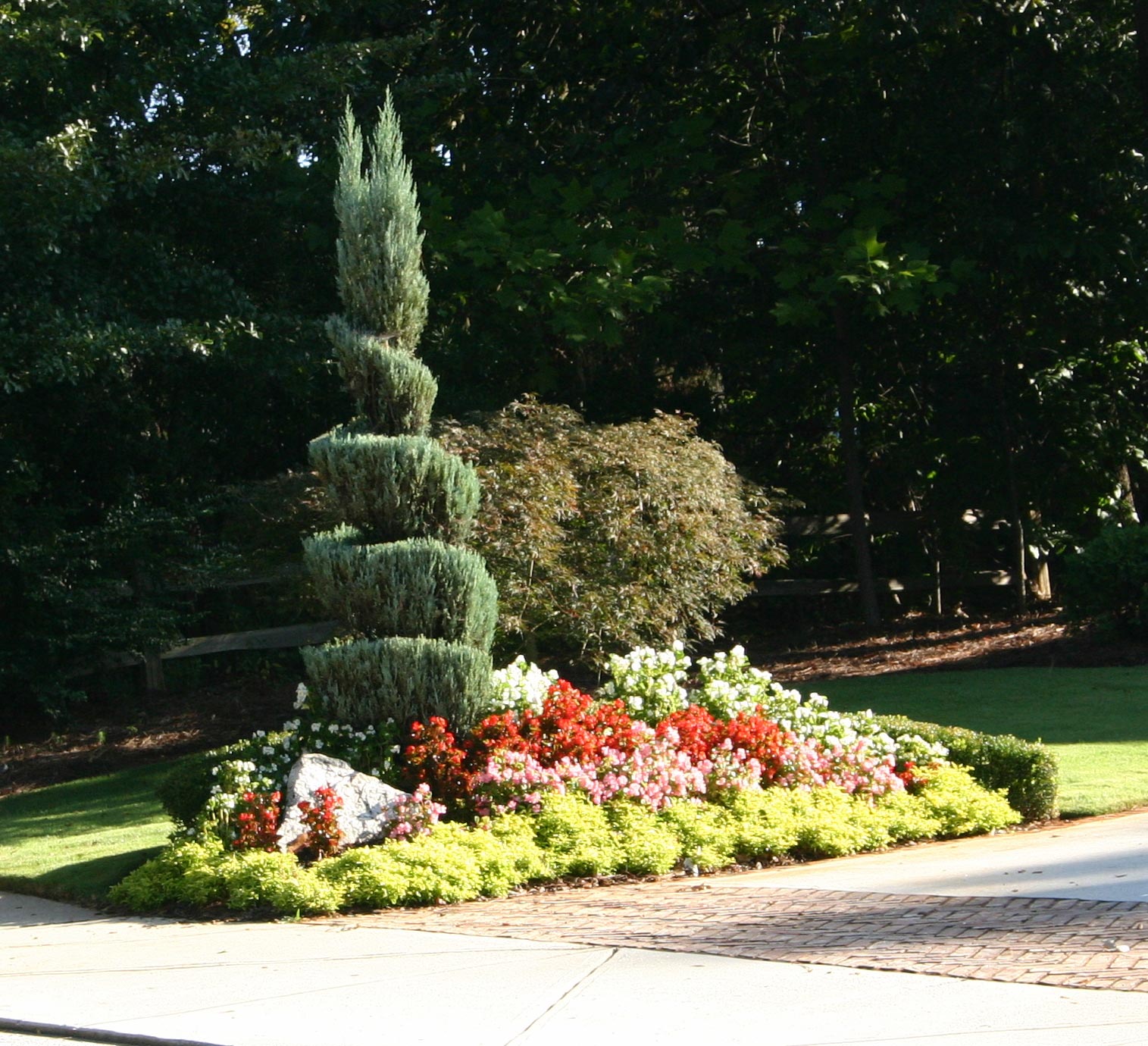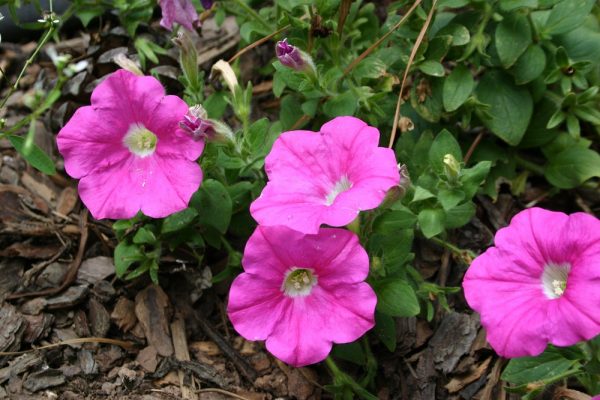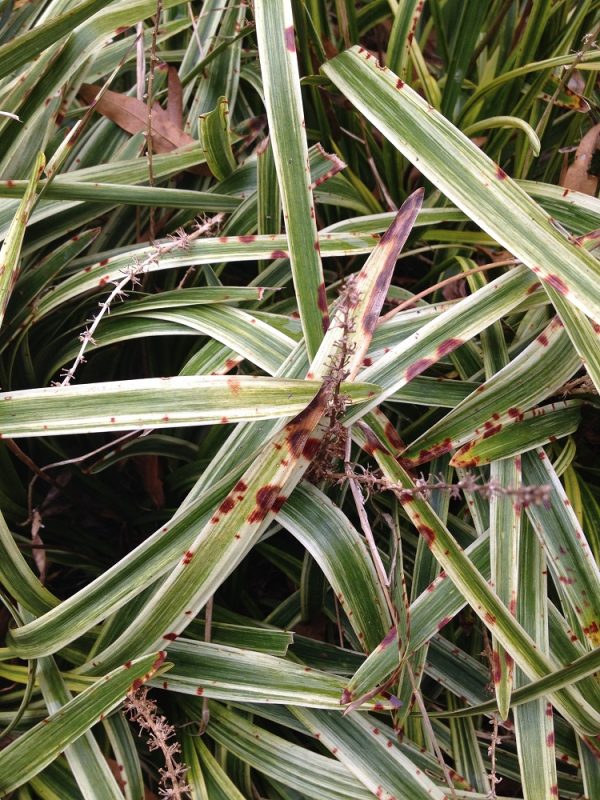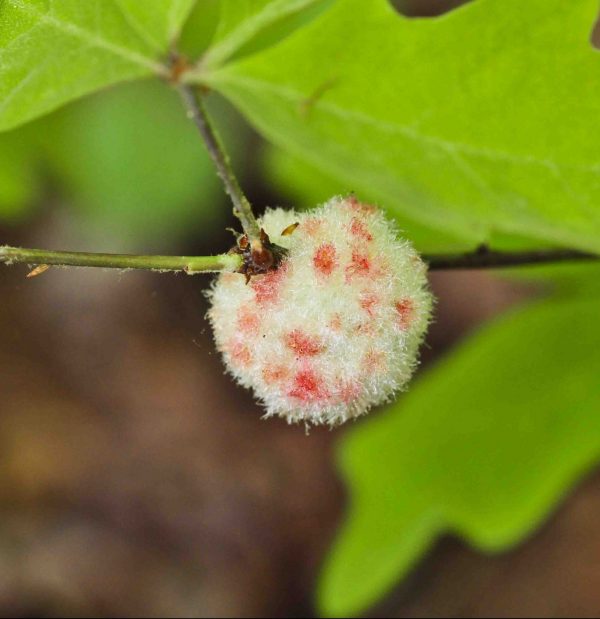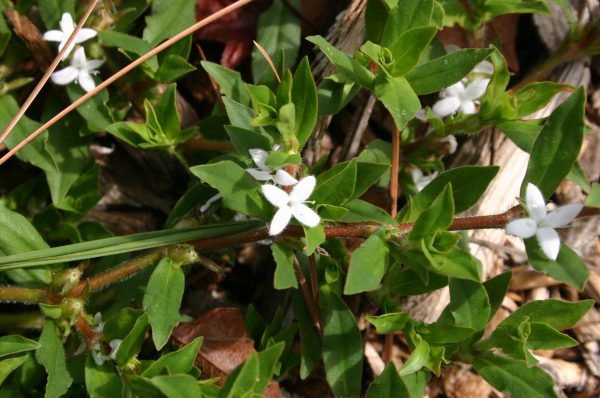June Landscape Tips
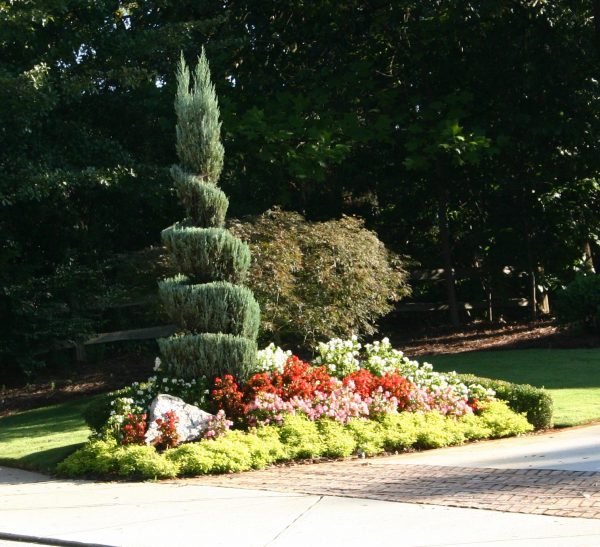
Collect the seeds from foxglove stalks. Scratch the soil around the plant, scatter the seed and cover with a bit of earth. Water occasionally and the seedlings that sprout this year will bloom next year.
Clip off all of the branch tips of leafy shrubs you want to become more “full”. Each limb end will resprout with two or three more leaves.
Lightly fertilize summer bulbs such as gladiolus, caladium, dahlia and lilies. Be sure to water after feeding the plants.
Iris leaf spot is a common disease on bearded iris. Cut off damaged leaves with scissors and consider spraying your iris bed with garden fungicide such as mancozeb. Leaf spot overwinters on old foliage so cut diseased leaves at ground level in October and discard them.
Look for masses of white “spittle” covering tiny spittlebug insects at the base of flowers and weeds alike. A stream from a water hose is all that’s needed to control them.
Look for small new seedlings under your Lenten rose. They can be transplanted now to other spots.
Low limbs in the way when you mow? You can safely remove one fourth of the foliage of any healthy tree during the growing season.
Lure slugs and snails under a hollowed out half-cantaloup near your hosta. Check at noon every few days and knock them into a bucket of soapy water.
Make it a weekly habit to pull weeds from flower beds; don’t allow them to grow large. Nothing makes a garden grow better than the shadow of YOU,the gardener.
Mark daffodil clumps with golf tees. You can move the bulbs now, but fall is better, and the tees will help you find where the bulbs are hiding.
Continue to plant warm-season annuals such as begonia, impatiens, alyssum, celosia, annual geranium and coleus. Water with root-simulator solution after planting.
Feed repeat-blooming daylilies like ‘Stella d’Oro’ and ‘Happy Returns’ with houseplant fertilizer every four weeks.
Choosing a watermelon for the Fourth of July? Slap it to determine ripeness. Good ones sound hollow; unripe ones sound like you’re hitting solid wood.
Examine the leaf edges of bearded iris for the tell-tale notches that signify the presence of iris borer. Squeeze the leaf between thumb and forefinger to mash the miscreants.
If a compost pile fails to “compost” sprinkle a cup of 10-10-10 over the top to speed things up.
Examine laurel shrubs for shothole disease, which causes thousands of holes in the leaves. Increase air circulation across them and consider spraying with Mancozeb bactericide.
Check new rose growth for aphids. They weaken plants and delay growth, but can easily be controlled with a blast of water.
Paint with glyphosate (Roundup, etc) the stumps of newly cut privet, sweetgum or honeysuckle to prevent their re-sprouting.
Check rhododendron leaves for notches caused by the black vine weevil. It feeds at night, hides in soil by day. Scatter insecticide granules under your plant.
Don’t panic if you see a spider in your garden or landscape. They are your allies in controlling the bugs which damage the plants you want to keep healthy.
Plant a night garden to enjoy after work. Include flowering tobacco, moonvine, angel trumpet and white petunias.
Plant a cutting garden for flowers to take indoors. Use black-eyed Susan, liatris, coneflower, shasta daisy, yarrow and phlox.
Black leaves on a gardenia mean whiteflies have begun feeding on the leaves. They could be a real problem later if you don’t use an insecticide now. A thorough spraying with insecticidal soap or garden insecticide will help.
Plant annuals in small beds that make a visual impact but are still easy to water. Try color bowls or large container plantings near the entry to your home
Plant a container bog garden. Local nurseries have iris, sedge, pitcher plants, umbrella plant and other water-loving plants to use for your design.
If you choose to use Japanese beetle traps, place them at least twenty five feet from fruits and roses to lure them away from valuable plants.
Powdery mildew is a common disease of crape myrtle and Euonymus. A neem oil spray may contain its spread but an application of myclobutanil (Immunox(tm)) in May would have prevented it.
Propagate roses by inserting a six inch tip cutting into a bed of damp sand in a semi-shady spot. Cover with an upended quart jar. Keep sand moist and roots will form by September.
Prune back your hydrangeas when most of the blooms have faded in late June. You’ll quickly get lots of new branches, which may give more flowers this fall.
Prune azaleas now to help them regain a rounded shape.
Prune climbing roses after blooming finishes. Remove the oldest canes, leaving five to seven vigorous canes to produce blooms next year.
How much water? Each week a perennial, shrub or tree needs one gallon per foot of height. Visit Landscapes and Drought.
Remove the faded flowers from geraniums and marigolds to help them make more blooms.
Remove stakes and guy wires from trees that have been planted for several months. They can stand on their own now.
Remove any upright, vertical limbs from grafted weeping cherry trees, particularly limbs that originate below the graft union. They will otherwise shade out the attractively drooping lower limbs.
Scatter garden lime under the branches of ornamental cherries to ward off various blights and weakened roots. Use a rate of one pound of lime per inch of trunk diameter.
Soaker hoses snaked among shrubs will water them very well without waste.
Get in the habit of removing faded flowers from summer annuals each week. You’ll be amazed at how many more blooms they will produce compared to those not deadheaded.
Store birdseed and dry pet food in your garage or in a sealed metal container to avoid infestation by Indian meal moth.
Continue to be on the lookout for Asian ambrosia beetle in crape myrtle, redbud, Japanese maple and flowering cherry. The tell-tale “”toothpicks”” emerging from the bark signify your tree has been invaded.
Think you can forget about babying trees you planted in the last year? One garden theory says that trees need one year per inch of trunk thickness to become permanently established. Water each week if the weather is dry.
To prevent mosquitoes, use a turkey baster to suction water out of saucers under the plants you have outdoors.
To propagate favorite azaleas, lay a limber branch on the ground, lightly scrape the spot that touches the soil, dust with rooting hormone and cover with damp soil and a brick. Transplant the newly-rooted plant in September.
To propagate favorite roses, lay a limber branch on the ground, lightly scrape the spot that touches the soil, dust with rooting hormone and cover with damp soil and a brick. Transplant the newly-rooted plant in September.
Tree roots are almost bone dry! Give them 15 gallons per inch of trunk thickness once each week if regulations allow. See Landscapes and Drought.
Try “bag composting”. Put leaves, soil, weeds, kitchen garbage and manure in a large, plastic bag, moisten it thoroughly, tie the top tightly and leave it out in the sun. Shake the bag occasionally and let in fresh air every week. Result: compost in four weeks.
Fertilize potted tropical hibiscus each month to keep the flowers coming. Consider moving it to a larger container if it grows too big.
Use pliers to pull out woody seedlings of oak, maple and sweetgum. Grip the stem at the soil line, twist it around the pliers, and pull straight up. Watering deeply the day before makes the job easier.
Cosmos, French marigold, nasturtium, dwarf sunflower, and red salvia are easy to grow from seed now. They will bloom in eight weeks or less.
Mount a mail box on a post in the garden to hold plant ties, labels, small tools and other necessities often forgotten when you first head out.
Use soaker hoses and a water timer to irrigate annuals, perennials and shrubs. The hose conserves water and the timer makes it easy. Most hoses apply 1 gallon per foot per minute.
Control kudzu and privet by clipping stems as close to the ground as possible. Spray Roundup on the cut stub and spray any sprouts that re-appear this summer.
“Caterpillars” eating the leaves of river birch are not caterpillars at all. They are sawfly larvae. Spray with carbaryl (Sevin) or permethrin .
When weeding, watch for seedlings of foxglove, Lenten rose, shasta daisy, hardy begonia and fountain grass. Leave them where they are or transplant to a “nurse bed” for use next year.
When chopping down privet hedge, sweetgum or other hard-to-kill plants, use a foam paintbrush to apply undiluted glyphosate (Roundup, etc) to the cut stump to prevent resprouting.
